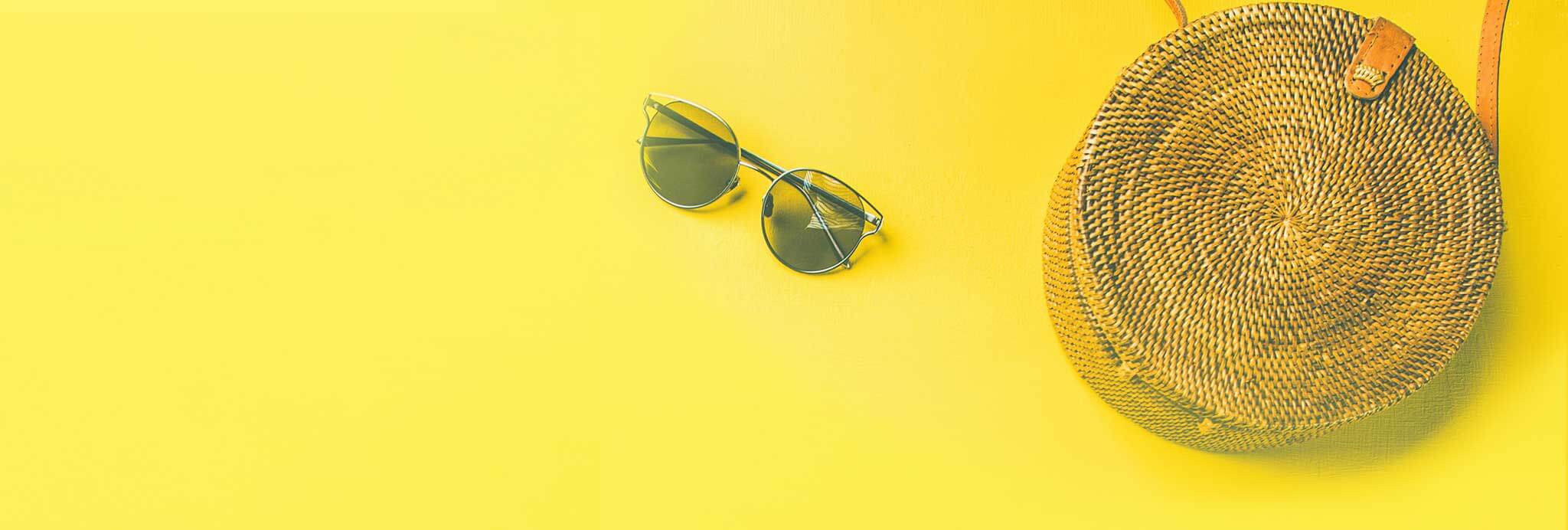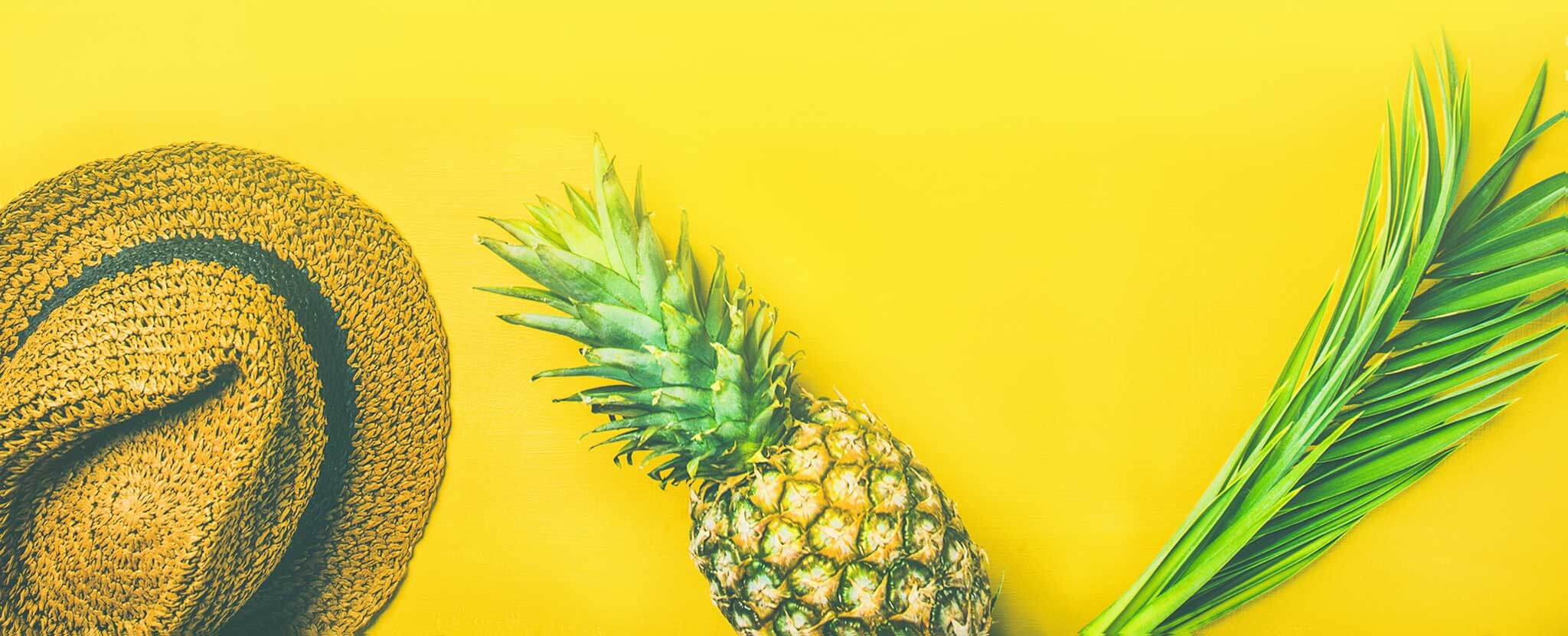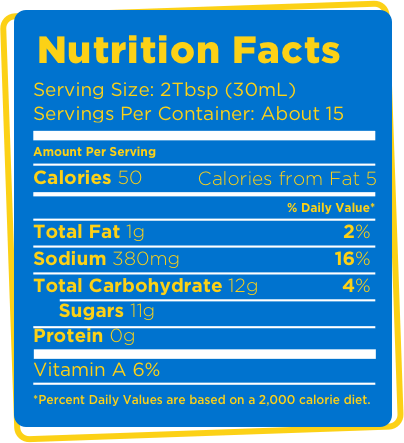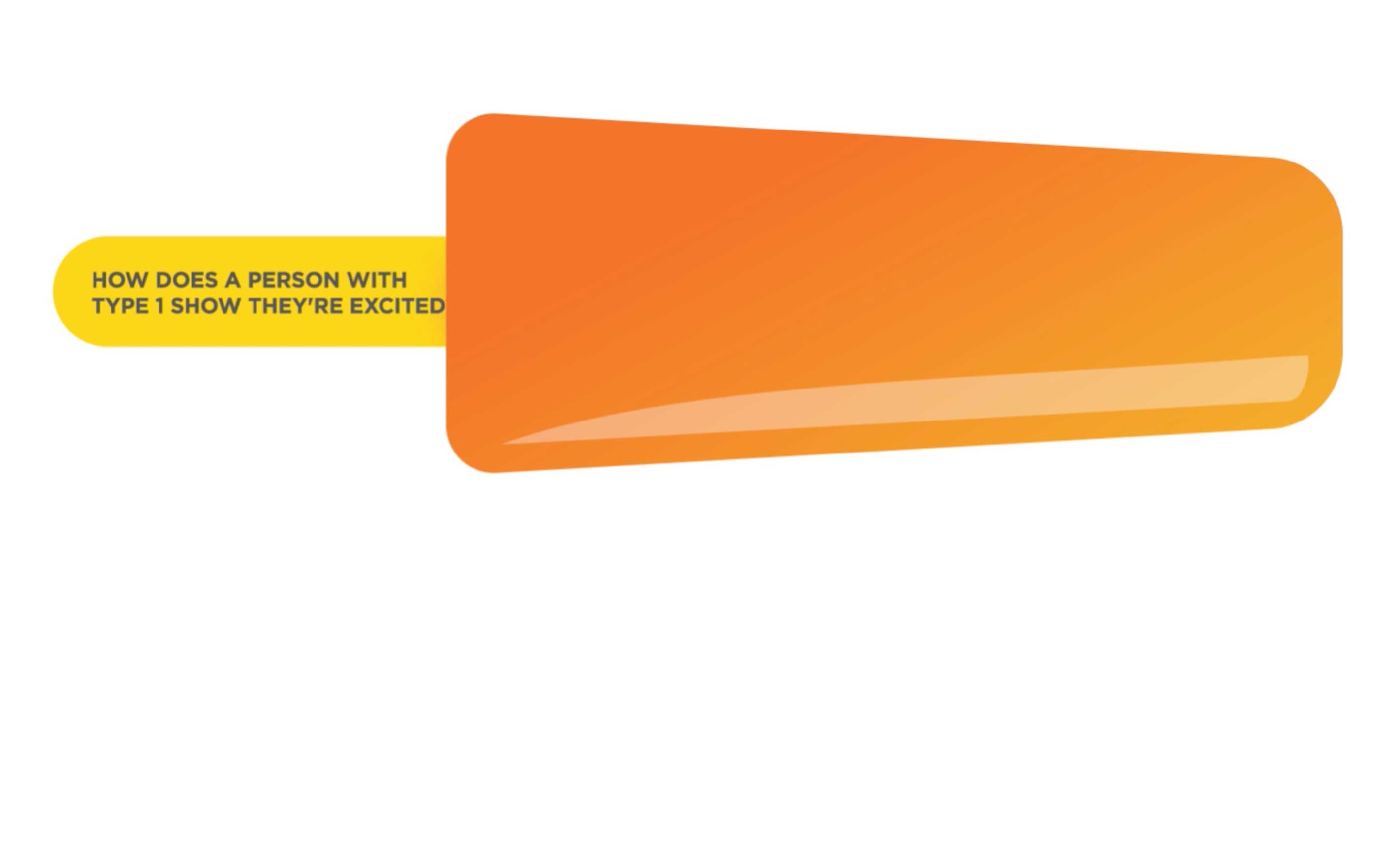A Guide to Summer with Type 1 Diabetes
Summer is in full swing and that means a few extra things to think about when it comes to managing type 1 diabetes (T1D). Our guide is here to help!
5 Tips For Tackling T1D in the Summer
Insulin & Heat
Insulin is a protein and, like any other protein, it breaks down in heat, making it ineffective. At what temperature is your insulin in trouble?
At what temperature is your insulin in trouble?
That temperature might seem extreme, but after two hours in a hot car, playing sports outside or even just lying out on a beach towel, your insulin supply could be in trouble. Be sure to keep it cool and change the insulin in your pump regularly.
Wear sunscreen
Everyone should be protecting their skin from harmful UV rays, but with T1D, the need to wear sunscreen is extra important. Why? Sunburns cause the body extra, and unneeded, stress that can cause blood-sugar spikes. Use SPF 30 or higher.3
the science of summer
Unfortunately heat can cause both unexpected highs and lows in blood-sugar levels.
Dehydration is common in the summer and can lead to spikes when blood glucose becomes more concentrated due to the decrease in blood flow through the kidneys.
The heat can also cause dives in blood-glucose levels. As the temperature rises, the body’s blood vessels expand, speeding up insulin absorption and increasing the risk of hypoglycemia. This is especially true while exercising, as working out already increases blood flow. 4


Summer Travel Checklist
What’s in your summer travel bag? Whether you’re on a day trip to the beach or jet setting somewhere far away, here are some T1D essentials to add to your packing list:5
- A travel letter from your doctor with written approval to travel with insulin and syringes (recommended)
- Insulin
- Syringes
- Insulin pens
- Test strips
- Lancets
- Ketone test strips
Keep all of the above, especially your insulin, in a carry-on bag. Medications should be kept in a clear plastic bag, ready for airport security. Don’t store insulin or a CGM in checked luggage—cargo holds can have extreme temperatures!
Pack twice as much medication and supplies as you think you'll need (just in case!)
- Back-up snacks for quick carbs
- Emergency glucagon
- Equipment including blood glucose meters, CGMs and insulin pumps
if you’re using an insulin pump, many manufacturers offer loaners for travel. Ask for one as a back-up!
- Back-up snacks for quick carbs
- Emergency glucagon
- Equipment including blood glucose meters, CGMs and insulin pumps
if you’re using an insulin pump, many manufacturers offer loaners for travel. Ask for one as a back-up!
Keep all of the above, especially your insulin, in a carry-on bag. Medications should be kept in a clear plastic bag, ready for airport security. Don’t store insulin or a CGM in checked luggage—cargo holds can have extreme temperatures!



Barbeque sauce 101
Barbeque sauce is a mainstay of backyard grilling, and while a typical serving size of two tablespoons isn’t going to break the carbohydrate bank, we all know a grillmaster who is particularly generous with their sauce.

According to Diabetes Self Management 6
Cocktails and Carbs
How to Safely Drink with Diabetes
T1D should not keep you from a good time–and, perhaps, a nice glass of wine. Just like anyone partaking in alcohol, there are a few things to be aware of.
Be mindful of your alcohol consumption, especially in the sun, as it can affect your body’s ability to regulate its temperature. Because certain drinks can have unexpected impacts on blood sugar, you can always talk it through with your doctor. In general, stick to low-sugar options, stay hydrated (with water!) and don’t drink on an empty stomach.
For beverage carb counts and other helpful information, consult JDRF’s resource, “What You Need to Know About Type 1 Diabetes and Alcohol.”

